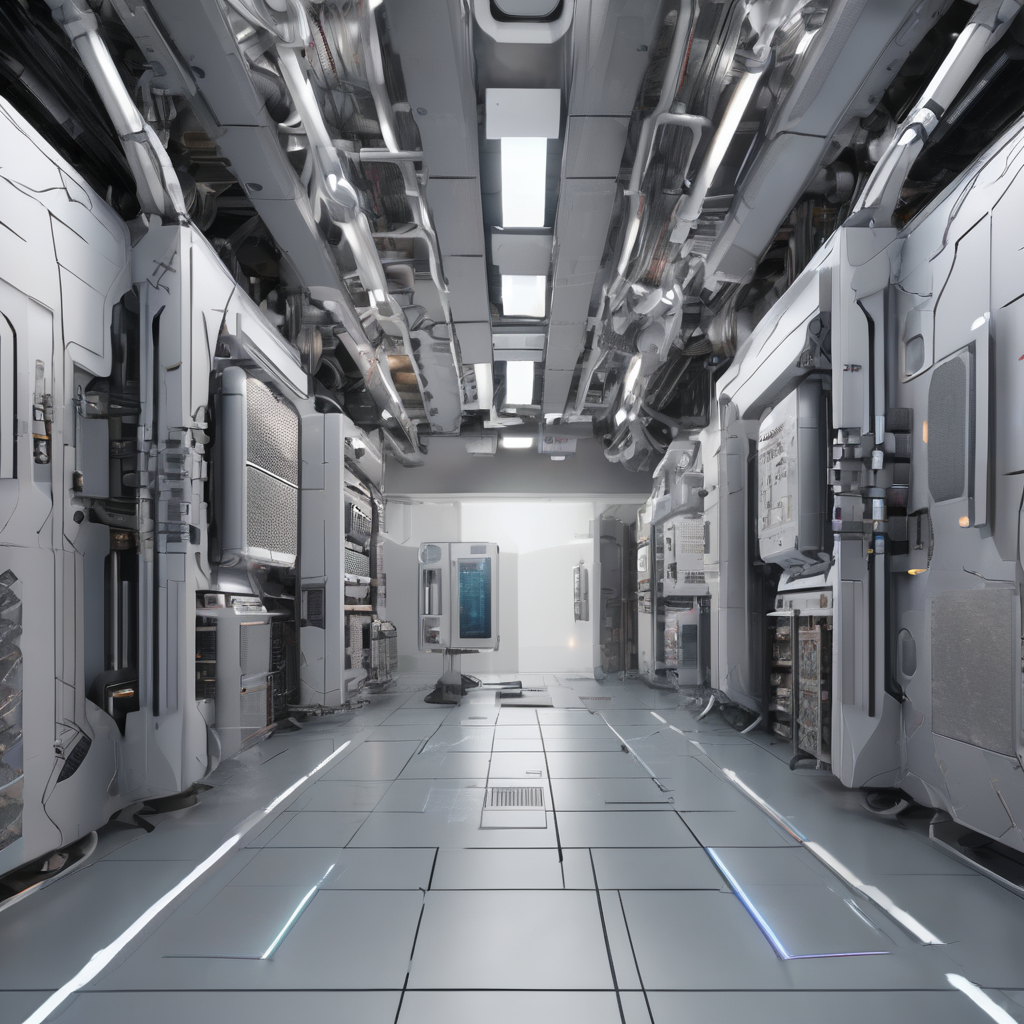Artificial intelligence (AI) is a rapidly growing technology and plays a pivotal role in the development of new technologies.
The Birth and Growth of AI
The birth of AI as a field was during the Dartmouth Conference, where a group of researchers aimed to explore how machines can stimulate human intelligence and first coined the term “artificial intelligence.”.
According to technology analyst Gartner, AI has been named the most widely mentioned technology in recent times. There is a general consensus among CIO’s on how AI has great influence, and they believe AI should occupy the focus of technology research in the years to come.
AI attempts to use machines to stimulate human intelligence and reasoning, allowing work to be done faster and better. AI developers aim to develop AI that, in principle, is the same as human intelligence. There are concerns about AI’s impact on society, ethics, and bias; however, efforts are underway to address these challenges and ensure responsible AI development and deployment.
During the 1950s and 1980s, researchers focused on developing AI systems that relied on logic and rules to stimulate human thinking. The use of knowledge bases and pre-determined rules helped these machines mimic the human decision process. These systems served in specific domains to serve a practical purpose, such as the MYCIN, which is a system used for diagnosing bacterial infections.
From the 1980’s on, the focus of research shifted towards using neural networks and machine learning to make these models more effective. The field took great inspiration from the manner in which human neural networks function and mimicked the processes of our brains. This approach contributed to advancements in pattern recognition and data processing. However, interest in AI slowly diminished due to the limited progress, triggering a period known as AI winter.
At the start of the 21st century, large datasets allowed for increased computational power, which fueled a resurgence of interest in the technology. AI adopted a technique known as deep learning, which involved training deep neural networks on vast amounts of data. In recent years, there have been significant breakthroughs in natural language processing, computer vision, and reinforcement learning, allowing for further development in fields such as speech recognition, image classification, autonomous systems, and virtual reality systems.
Three Categories of AI
There are various approaches to creating an AI system, and it depends on the complexity of the system itself. More complex systems include autonomous vehicle development, while simpler systems include facial recognition, machine translation, and email categorization, which are used in our everyday lives.
AI technologies are categorized according to how effectively they can mimic human traits, the techniques involved in doing so, and their real-world applications. Using these characteristics as a reference, all AI systems fall into one of three categories:
1, narrow artificial intelligence (ANI), with a narrow range of capabilities; 2, artificial general intelligence (AGI), which is comparable to human capabilities; or 3, artificial super-intelligence (ASI), which has superior cognition compared to humans.
ANI, AGI, and ASI are the different categories that AI can evolve into. Up to the date of writing the article, humans have only achieved ANI and are yet to develop AGI or ASI.
However, there is undeniable progress made towards AGI-categorized AI systems, and theories and speculation arise about the future of AI. ASI is a futuristic idea about the ability of artificial intelligence to replace human intelligence, but it would require powerful computer programs. In fact, ASI can only be created once computer programs manage to surpass human intelligence in all parameters and environments.
Artificial Narrow Intelligence (ANI)
ANI systems are the type of AI that we currently possess. These systems utilize the deep learning model, have very limited capabilities, and are nowhere near what a human child’s brain can do.
ANI has limited intuition and abstract thinking, which affects the effectiveness of its decision-making process. However, ANI can specialize in certain fields with respect to the vast amounts of knowledge it can garner.
For example, if researchers feed a deep learning algorithm enough pictures of skin cancer, it will be better at spotting skin cancer than an experienced doctor. This does not mean that deep learning will replace doctors. But deep learning algorithms are sure to help doctors do their jobs better and faster and care for more patients in less time.
Artificial General Intelligence (AGI)
When humans ultimately achieve AGI, machines will have consciousness and decision-making capabilities similar to those of humans. These machines do not require human input to be programmed to function. At this stage, AI would have access to emotions and would have free will, allowing them to do and act just like any other human.
Unlike narrow ANI, which classifies data and finds patterns, AGI would utilize clustering and association when processing data. AGI would also gain consciousness and the ability to be self-aware, but must learn through its own experiences just as any child would, improving knowledge and skills over time.
Artificial Super Intelligence (ASI)
ASI is a futuristic concept and idea of artificial intelligence replacing human intelligence capabilities. For ASI to become a reality, computational programs must surpass human intelligence in all parameters and environments.
ASI is the conceptual limit of AI development but would take enormous amounts of time and effort to achieve.
However, there are risks if ASI becomes possible and becomes a reality. The role of humans in decision-making, the arts and humanities, and emotional understanding of all aspects of life could be in conflict with the rise of machines, similar to any sci-fi thriller.
Conclusion
We humans are not near the end of our quest to create more powerful and complex AI systems. Developments in AI would undoubtedly bring benefits along with them, but they also have a questionable impact on society, ethics, and bias. As the technology progresses, it is important that we use this powerful technology responsibly and find the balance between humans and AI.







Leave a Reply